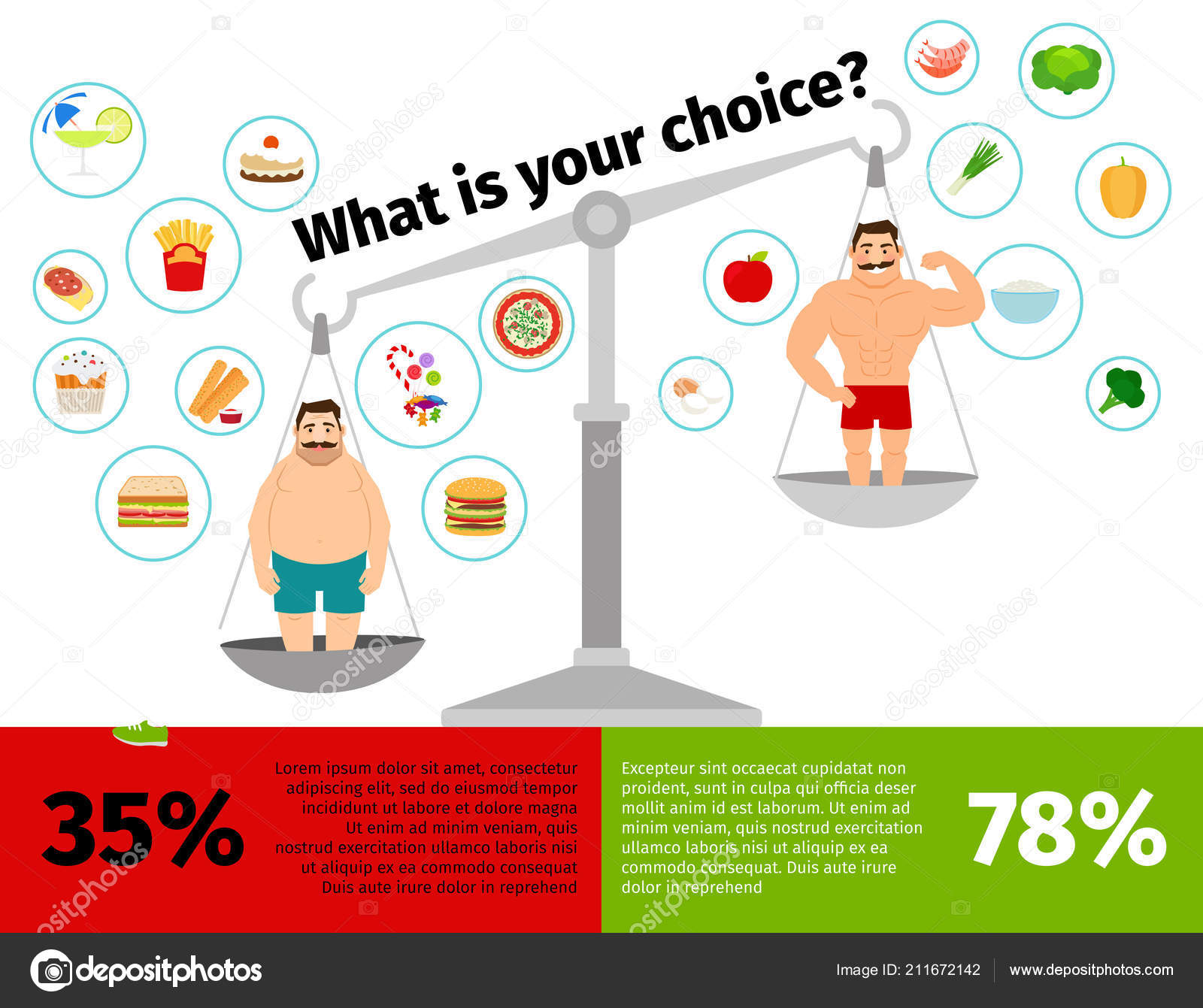Dull To Radiant 5 Cold Laser Facial Before And After Stories
Dull To Radiant 5 Cold Laser Facial Before And After Stories
Blog Article
Scientific Research on the Efficacy of Cold Laser Strategy
Cold laser treatment is a valuable tool to assist in pain monitoring and the healing process. It is frequently used in sports medicine, dermatology and acupuncture.
Cold lasers penetrate deep right into tissues and promote chemical modifications without heating them. They decrease swelling and swelling, speed up cellular activity and increase healing.
Theoretical History
Unlike the high-intensity lasers that surgeons usage to cut through cells, cool laser treatment makes use of light-emitting diodes to pass through right into your skin and promote healing. As these photons get to broken cells, they launch a domino effect that raises your cells' manufacturing of enzymes and accelerates your body's all-natural recovery processes.
The photons likewise minimize discomfort via the production of endorphins and enhance your body's capability to drain swollen areas by generating vasodilation (the development of capillary). Therefore, it assists you recover from musculoskeletal injuries and discomfort more quickly.
Many individuals have read about cool laser therapy from their physiotherapist, chiropractic physician or medical professional and might be questioning how it works. Unlike the majority of laser gadgets made use of in the clinical field, which in fact warm up cells, our cutting edge tools gives off cold laser beam that do not create any kind of heating of your cells. This enables your body to obtain the healing benefits without causing any adverse effects.
Medical Tests
Cold laser therapy is frequently advised as a therapy choice for individuals that have musculoskeletal pain and injuries. It can be utilized to minimize swelling, reinforce cells and increase the body's natural recovery procedures.
Non-thermal photons of red and infrared laser radiation are taken in by the light delicate aspects in cells and launch a rise in intracellular metabolism that enhances cell reproduction, minimizes swelling, removes edema and reduces recovery time.
Unlike the light that is produced by sunshine or typical lights, laser light is identical (all wavelengths travel in the same direction), meaningful and monochromatic. These residential properties permit laser power to penetrate deeper into the tissues.
Several clinical trials have shown that LLLT can be efficient in minimizing discomfort in the bone and joint system. Nonetheless, even more properly designed researches are required to examine the optimum setups for laser irradiation and to identify its effectiveness in particular problems, such as oral mucositis in cancer patients receiving radiation treatment or radiotherapy, and wound healing (consisting of diabetic person ulcers following hammertoe surgical procedure). This Aetna plan notice does not deal with various other uses LLLT, including the therapy of numerous skin diseases.
Final thoughts
Unlike medical lasers that can damage tumors or coagulate tissue, chilly laser treatment does not warm the body's cells. Instead, the light promotes your cells to produce adenosine triphosphate, which accelerates the fixing process of injured tissues.
Aetna takes into consideration low-level laser (LLL) treatment medically required for the avoidance of dental mucositis related to cancer treatment (chemotherapy, radiation therapy, hematopoietic stem cell transplant) and non-cancer therapies (such as radiodermal injury, fibromyalgia). Numerous studies showed that LLT can be effective in decreasing PU signs and symptoms without damaging effects. However, differences in research study styles and laser dosimetry made contrast of the outcomes hard; RCTs with reduced risk of prejudice are needed. Using a 660 nm wavelength and higher energy density seems extra effective than the other studied laser wavelengths. This could be because the various other wavelengths might promote inflammatory procedures and trigger more side effects. The result of the type of laser used is additionally vital; red laser treatment the writers suggest that future research focus on reviewing different types of lasers and their dosages to establish the ideal combination of laser criteria for PU avoidance.
Recommendations
Cold laser therapy is made use of by dental experts to treat swollen periodontal tissue, doctors to alleviate pain brought on by rheumatoid arthritis, and physiotherapists to speed up the healing of muscle, ligament, and ligament injuries. Several clinical insurance strategies cover this therapy.
Unlike hot lasers, which have a thermal result on tissues, cold lasers (likewise called low-level lasers) stimulate the mobile energy of the skin. Photons from the laser light penetrate right into the cell, setting off a series of chemical modifications that promotes regrowth and reduces inflammation.
In order to be effective, lasers must be appropriately setup and made use of. This is why it is not recommended to buy a low-cost over-the-counter laser tool and attempt to treat on your own at home. An experienced practitioner is needed to make certain that the gadget is made use of correctly to lessen the threat of eye injury and maximize its efficiency. The laser device need to be adjusted to the appropriate setup, intensity, regularity, and placement of the laser on the treatment area.